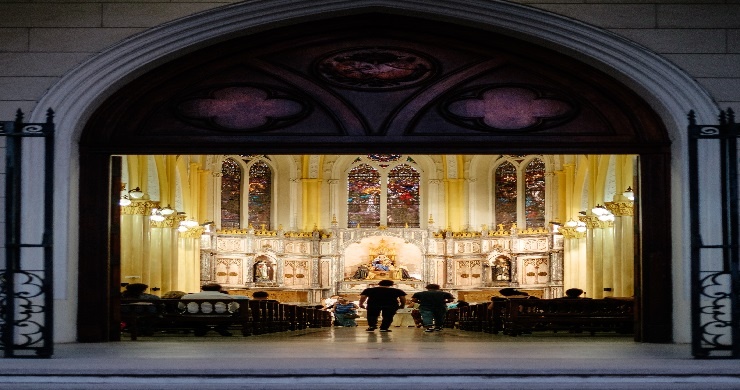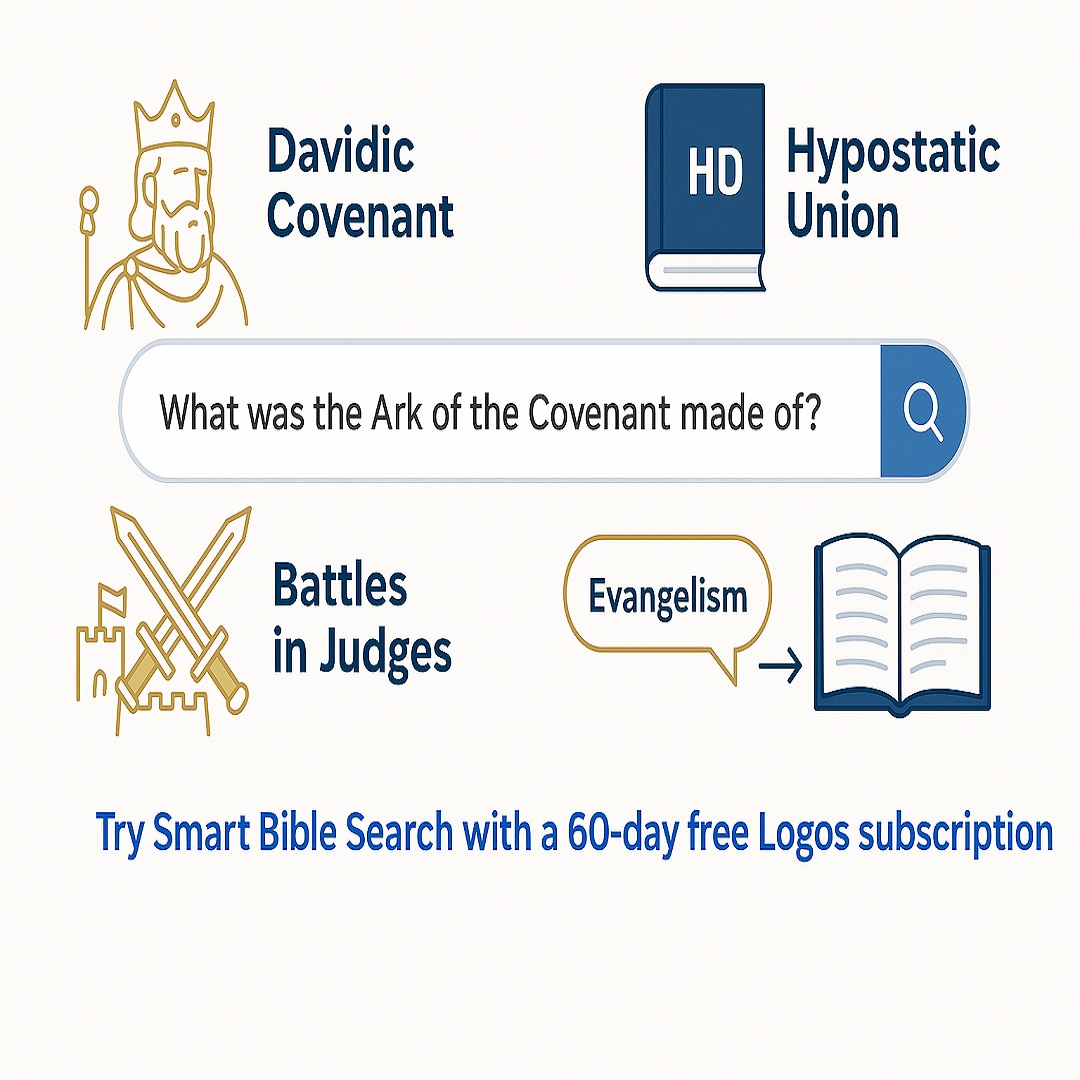Unveiling the Profound Meaning of the Church: Beyond Walls and Gatherings
The church is not confined to a building; it is a dynamic assembly of believers in Christ, portrayed in Scripture through various powerful images. As we delve deeper into its true essence, we uncover a profound understanding of the church as people beyond mere clichés.
I. The Origin of the Word “Church”
The English word “church” traces its roots to the Greek word “kyriakon,” signifying a “house of the Lord” or a place of Christian worship. In the New Testament, it is closely linked with the word “assembly,” representing the gathered people of God.
II. The Church in the Old Testament
The “assembly” in the Old Testament predominantly referred to the nation of Israel. It symbolized a worshipping community, intimately tied to the encounter with God at Mount Sinai. Inclusive in its nature, the assembly welcomed Gentile sojourners to participate in certain rituals and celebrations.
III. The Church in the New Testament
The advent of Jesus and the outpouring of the Holy Spirit marked a transformation in the concept of the church. The New Testament portrays the church as an inclusive community of believers, transcending the boundaries of ethnicity and nationality. All who confess Jesus as Lord and are baptized are part of Christ’s body.
IV. The Visible and Invisible Church
Christian theology recognizes both the visible and invisible aspects of the church. The visible church includes present-day believers who profess the Christian faith and their children. The invisible church comprises the elect, past, present, and future, who possess genuine faith in Christ.
V. One Holy Catholic and Apostolic Church
The invisible church is often referred to as the “universal church” or the “catholic church.” Despite denominational labels, the church as people remains one body under Christ’s headship, bound together by the confession of faith in Him.
VI. Embracing Your Place in the Church
Through baptism into the Triune Name, every believer finds a place in the church. Irrespective of background, age, gender, or nationality, all become part of Christ’s assembly, called to worship, fellowship, and obedience.
VII. The Church’s Transformative Mission
The church’s purpose extends beyond its gatherings. Christ’s followers have a mission to make disciples. Transforming the world through obedience to His commandments.
VIII. An Eschatological Community
The church anticipates a future where Christ’s lordship reigns, transcending political and earthly boundaries. As believers participate in the church, they experience a foretaste of heavenly realities.
Conclusion
The church, beyond its physical manifestations, represents a vibrant assembly of believers in Christ. Diverse and united, it embodies the profound meaning of being Christ’s body, His bride, God’s living temple, and a holy city. Embracing their place in this eternal community, believers embrace a transformative mission that echoes throughout time and eternity. The church, as a foretaste of the future completion, reminds us of the unity and purpose that transcend worldly divisions and embraces the boundless love of Christ.



 Search The Bible the way you have always wanted to.
Search The Bible the way you have always wanted to. The most complete Bible study Platform. Start you Free trial Now!
The most complete Bible study Platform. Start you Free trial Now!



